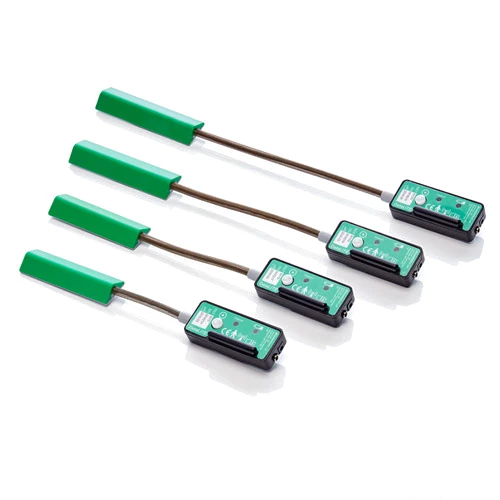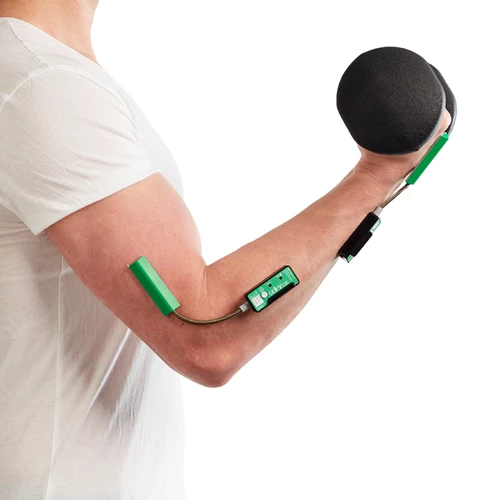Introduction
Traditional goniometers, widely used in physical therapy, often fail to meet the rigorous demands of research studies. Biometrics Ltd. Electronic Goniometers (Electrogoniometers), are precision-engineered to capture dynamic joint movements across two planes simultaneously.
Their ability to provide real-time, accurate data to advanced analysis software is essential for research demanding the highest levels of measurement accuracy.

Designed for Researchers
These goniometers are specifically designed for research, providing non-intrusive, accurate measurements in dynamic settings across various fields:

Enhancing understanding of human motion to improve efficiency and reduce injury risks.

Developing safer, more efficient workplaces and tools aligned with human movement.

Boosting athletic performance and preventing injuries through in-depth movement analysis.

Advancing clinical outcomes with precise joint movement analysis.

Supporting treatment protocols and understanding biomechanics across species.
Versatility and Precision
Biometrics Ltd. offers three primary sensor types, designed to meet a broad spectrum of research needs:

Available in various sizes to match different subject sizes.

Specifically designed for analyzing dorsiflexion/plantar flexion and inversion/eversion.

Perfect for detailed digit movement analysis.
Size and Measurements
| Twin-Axis Goniometer Sizes | Joint | Measurement |
|---|---|---|
| W65 | Wrist (Pediatric) | Flexion/extension, radial/ulnar deviation |
| W75 | Wrist (Adult) | Flexion/extension, radial/ulnar deviation |
| W110 | Neck, Elbow or Ankle | Flexion/extension, lateral flexion, flexion/extension, or dorsiflexion/plantarflexion and inversion/eversion |
| W150 | Knee or Hip | Flexion/extension and valgus/varus, or flexion/extension and abduction/adduction |
| W150/B | Back | Flexion/extension, lateral flexion |
| SG110/A | Ankle | Dorsiflexion/plantarflexion, Inversion/eversion |
| F35W | Finger (DIP, PIP, MCP | Flexion/extension |
The appropriate sensor size and type depend on the joint in question and the subject's size, ensuring accurate placement for precise measurements.
For more detailed product specifications, visit here.
Conclusion
Incorporating Biometrics Ltd.'s electronic goniometers into your research studies will mark a significant leap in measuring joint movement with precise accuracy that you can depend on.
Contact Us View Electronic Goniometers